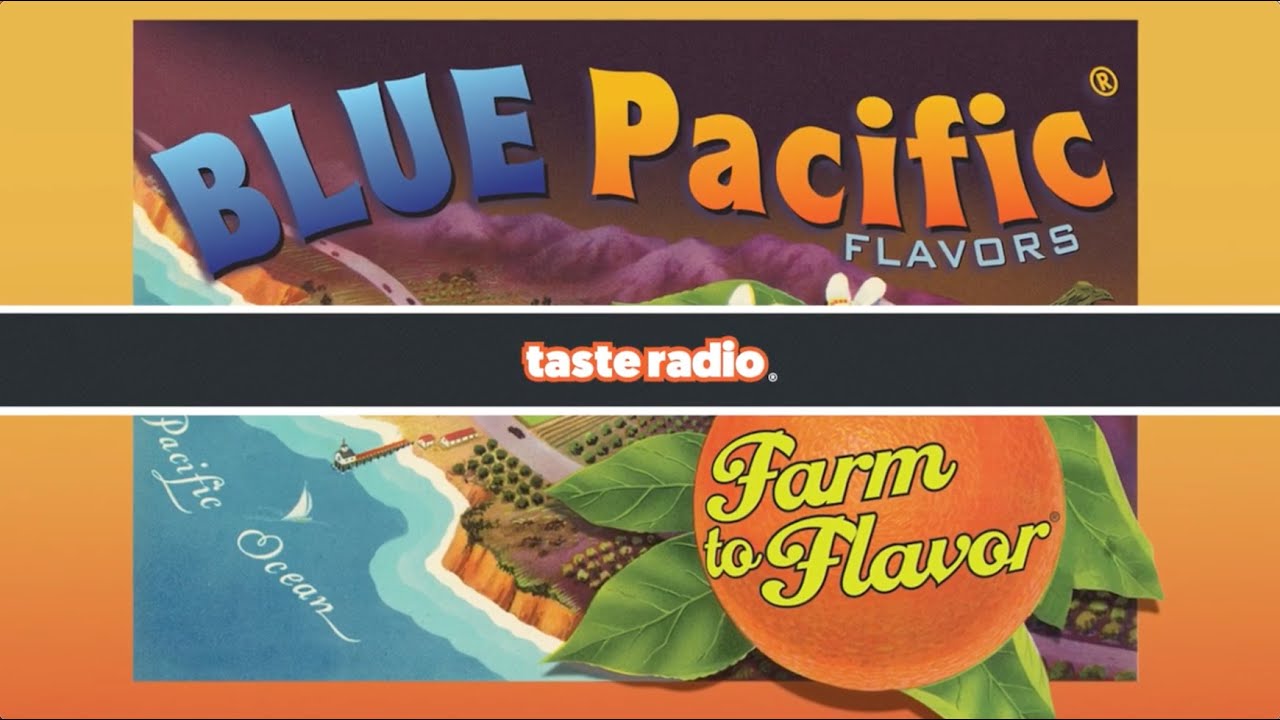
Chamberlains of London – Flavors of the Pacific are gaining global attention as chefs across the region highlight their roots through vibrant, heritage-driven cuisine. In places like the Cook Islands, Palau, and Fiji, culinary leaders are moving beyond tourist-oriented menus and tapping into long-standing indigenous food traditions. By bringing forward native ingredients such as taro, breadfruit, coconut cream, reef fish, and tropical herbs, island chefs are redefining what it means to cook local.
These recipes are not just meals; they are cultural expressions passed through generations. Culinary festivals across Oceania now focus heavily on traditional foodways and storytelling. Diners are becoming more interested in authenticity and origin rather than imported trends. Through this culinary renaissance, many forgotten techniques are being revived and celebrated. This shift not only supports local agriculture and fishing communities but also strengthens cultural pride. The Pacific food movement is increasingly being recognized as a powerful symbol of resilience and identity.
Across the Pacific islands, local ingredients are at the heart of a new culinary era. Chefs taking part in the Flavors of the Pacific movement are turning to ancestral staples to reimagine modern dishes. Items like cassava, taro leaves, pandan, and breadfruit now appear in both traditional preparations and contemporary plating styles. What was once considered peasant food has now been elevated to the level of fine dining. These ingredients reflect deep-rooted connections to land and sea, giving each plate a story and a purpose.
While some dishes are prepared using time-honored methods, others are creatively reworked using tools and techniques borrowed from international kitchens. These reinventions help younger audiences connect with their culture while keeping the cuisine relevant in a global context. Tourists are also drawn to these dishes, appreciating their authenticity. Farmers and fishermen benefit, too, as local sourcing increases in popularity. With every new menu, island chefs rewrite the narrative around Pacific cuisine.
“Read about: Celebrating the Fourth Without Breaking the Bank: Summer Food Trends 2025”
Food is more than fuel in the Pacific; it is deeply tied to ritual, family, and history. In island communities, recipes are preserved through storytelling and hands-on instruction rather than cookbooks. Dishes like palusami, ika mata, and lu pulu are often featured in weddings, funerals, and festivals. They serve as markers of identity and continuity. As younger chefs return to their villages after training abroad, they bring new respect for traditional practices.
Rather than discarding them, they honor these customs by adapting them to current culinary standards. In doing so, a stronger cultural identity is formed through food. Even the way meals are served reflects community values. Shared platters, hand preparation, and open-fire cooking continue to dominate over modern kitchen setups. Cultural institutions are also supporting this revival through grants, workshops, and community kitchens. The culinary arts are becoming a tool for heritage preservation, creating pride and purpose across generations of Pacific Islanders.
Recognition for Pacific island cuisine is spreading across the global culinary stage. Dishes that once existed in obscurity are now appearing in international food festivals and on menus in major cities. Events in New Zealand, Australia, and even Europe have started to feature pop-up Pacific kitchens led by Indigenous chefs. The artistry of presentation and the emotional storytelling behind each meal are being noticed and praised.
Television networks and streaming platforms have begun filming documentaries about this movement, giving these islands a wider platform. Awards and honors are also beginning to reach chefs from the region. The success is not driven by trends but by authenticity and connection. Flavors are no longer being adjusted to fit Western palates; instead, global diners are adapting to the bold and earthy tastes of the Pacific. This attention strengthens tourism and opens up educational exchanges. As awareness spreads, Pacific food gains long-overdue appreciation as a legitimate culinary force.
“Read more: Children Held and Abused in Cambodia’s Online Scam Factories, Amnesty Reports”
The Pacific culinary revival is closely linked to environmental responsibility. Island chefs emphasize low-waste kitchens, seasonal harvesting, and reef-safe fishing techniques. Sustainable food systems are vital in regions vulnerable to climate change and resource scarcity. Instead of importing goods, chefs work with what is grown or caught locally. This encourages biodiversity and reduces carbon footprints. Banana leaves are used as natural packaging. Seaweed is incorporated into menus not just for nutrition but to support ocean farming initiatives. Composting and seed-sharing are normalized across kitchens. These eco-conscious efforts are not new; they are rooted in traditional island living. The modern culinary world is finally catching up to practices islanders have upheld for generations. As the Flavors of the Pacific movement grows, sustainability continues to serve as its foundation. Chefs, farmers, and fisherfolk collaborate with deep mutual respect, showing that delicious food can coexist with environmental care and cultural preservation.